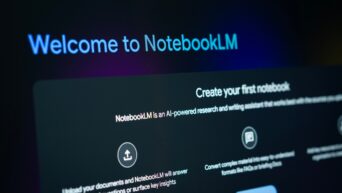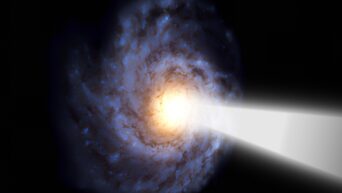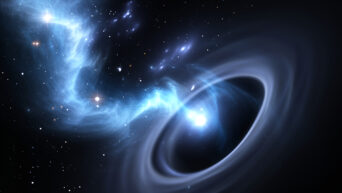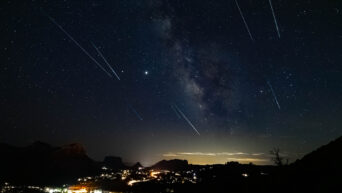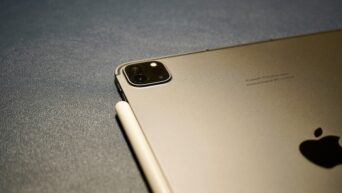
Credit: NASA
Science and slime go together like mustard and hot dogs.
Part of the duties of the astronauts aboard the International Space Station is to test the effects of space on various different materials. The lack of gravity, as well as differences in atmosphere, can have all sorts of neat effects on various natural elements. But here’s a question for you: what happens when you bring a distinctly unnatural element into space? Answer: fun times.
Children’s entertainment network Nickelodeon (maybe you’ve heard of them?) sent a special care package up to the ISS over the summer for some proper scientific study. The contents? Two liters of Nickelodeon’s signature green “slime,” which they are known for dumping on young celebrities and audiences in large bucketfuls. With slime in hand, the brave scientists set to work having some fun- sorry, I mean running experiments. These experiments included shooting slime out of a large syringe at each other, filling a balloon with slime and popping it, and bouncing globules of the stuff around the room. Don’t worry, they put tarps up so it wouldn’t get into any sensitive equipment.

Credit: Nickelodeon
Fun times aside, the astronauts actually managed to glean some interesting data from the slime. Slime is considered a “non-Newtonian” fluid, which means its viscosity changes depending on its environment. Slime is usually about 20,000 times more viscous than water since it contains elastic polymers, and when you take gravity out of the equation, that elasticity becomes its entire being. It’s a ball of free-floating viscous rubber. You ever seen Flubber? It’s like Flubber.
“It’s not often for your job on the space station that you’re given a couple of hours to play with slime, with the ground teams directing you to shoot your friend with slime from a syringe or fill a balloon with slime,” astronaut Christina Koch, who was still aboard the ISS when these experiments took place, told CNN. “My favorite thing about that experiment is that it highlighted the concept of curiosity leading to discovery. This is discovery-based science. It’s why we seek knowledge.”










